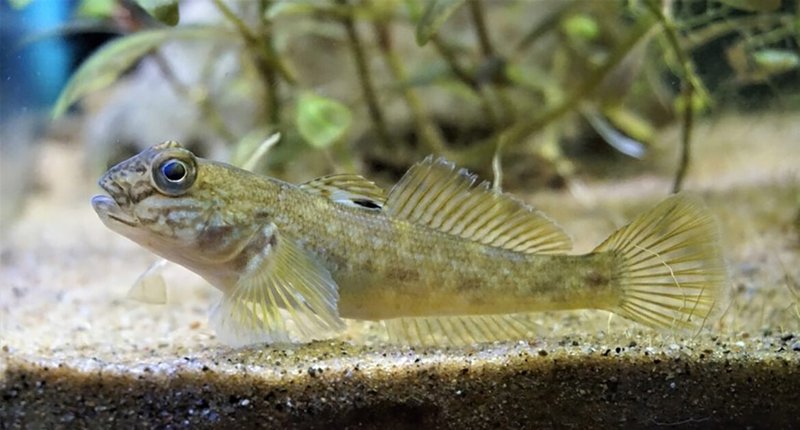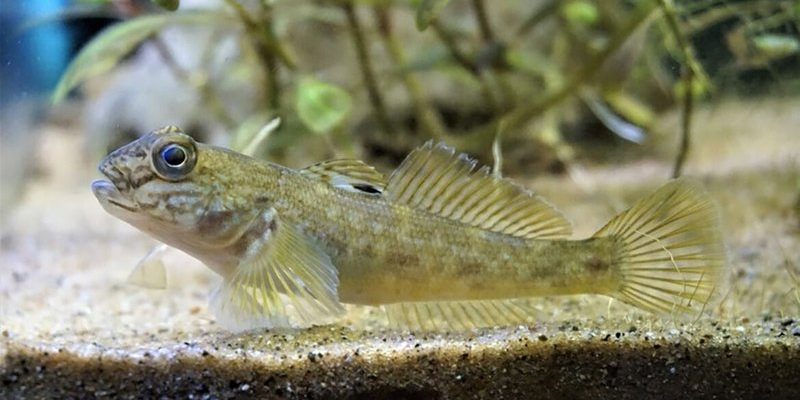
You might be surprised to learn that while gobies are generally harmless, there are a few things to keep in mind. Just like you wouldn’t pet a strange dog without knowing its temperament, interacting with gobies requires some knowledge. In this article, we’ll dive into the world of gobies, explore their habitats, and discuss how you can interact with them safely. So, let’s get started!
What Is a Goby?
Goby fish belong to the family Gobiidae and are small, usually measuring around 1 to 4 inches in length. They are characterized by their fused pelvic fins which form a disc-like sucker, allowing them to cling to surfaces—think of them as nature’s little suction cups. Gobies come in diverse species with different colors and patterns. Some are bright and colorful, while others blend effortlessly with their surroundings.
These fish often thrive in shallow waters like lagoons, reefs, and sandy or muddy environments. They can be found in both freshwater and saltwater, making them quite versatile. You might be wondering why these fish matter. Well, gobies play a vital role in their ecosystems as a food source for larger fish and as a part of the food web.
Habitat and Behavior of Gobies
Goby habitats can vary widely, from coral reefs to murky rivers. They often prefer environments where they can easily hide from predators, such as rocky crevices or within sandy substrates. Imagine being a tiny fish in a big ocean; finding a safe hiding spot is essential to your survival!
Behaviorally, gobies are social creatures. They often form partnerships with other species, such as shrimp, in a symbiotic relationship. The shrimp digs and maintains a burrow, providing a safe home for the goby, while the goby stands guard against predators. This relationship is a prime example of cooperation in the animal kingdom.
If you’re ever observing gobies in their natural habitat, you might notice them darting into their burrows or gliding along the bottom. Their movements can be quite nimble, often accompanied by their characteristic quick bursts of speed.
Are Gobies Dangerous to Humans?
Here’s the good news: gobies are generally not dangerous to humans. In fact, they are mostly harmless and tend to avoid confrontation. Just like how a shy person might shy away from a crowded room, gobies prefer to retreat rather than engage. However, there are a few exceptions.
Some species, like the venomous Goby known as *Asterroptyx*, can deliver a sting if handled improperly. This is rare, but it’s worth mentioning. Most gobies won’t pose any threat, but it’s always best to observe from a distance and avoid handling them.
The safest way to interact with gobies is by watching them in their natural habitat. Whether you’re snorkeling or simply standing by the shore, you can enjoy their behaviors without disturbing them.
How to Safely Observe Gobies
If you’re excited about observing gobies up close, there are a few guidelines to keep in mind. Following these tips can enhance your experience while ensuring the safety of both you and the gobies.
- Keep Your Distance: Use snorkeling gear or a camera with a zoom lens to observe from afar.
- Avoid Touching: Remember, gobies are delicate creatures. Touching them can cause stress and harm.
- Watch for Signs: If a goby appears agitated, it’s time to back off. Respect its space.
- Learn About the Species: Understanding the specific type of goby you’re observing can help you know how to interact respectfully.
By following these tips, you not only protect the gobies but also enrich your experience.
What to Do If You Encounter a Goby?
If you find yourself lucky enough to come across a goby, it’s essential to remain calm. Think of it like meeting a new friend; being relaxed will make the interaction smoother. Here’s how to approach the situation:
1. Stay Still: Sudden movements can scare the fish away. Take a moment to observe quietly.
2. Avoid Disturbing the Environment: Don’t stir up sand or debris that could cloud the water, making it difficult for the goby to see you.
3. Use Gentle Movements: If you’re snorkeling or swimming, move slowly and gently to avoid startling the goby.
4. Take Photos from a Distance: Capture the moment with photos without getting too close. This way, you can share your experience without intruding on their space.
Common Misconceptions About Gobies
You might have heard some misconceptions about gobies that can lead to unnecessary fears. Let’s clear a few of them up:
– “All Gobies are Venomous”: Not true! While a small handful can sting, most are harmless. The vast majority of gobies are safe for human interaction.
– “Goblies Can Jump Out of Water”: While they can leap short distances, they’re not likely to jump out at you. They prefer staying submerged in their habitats.
– “Goblies Are Aggressive”: Gobies are more about self-preservation than aggression. They tend to shy away from potential threats instead of attacking.
Understanding these points can ease worries and make your goby-watching experiences more enjoyable.
In summary, gobies are fascinating little fish that can be enjoyed safely by curious humans. By respecting their habitat and adhering to a few simple guidelines, you can observe these creatures without putting them or yourself at risk.
So, whether you’re exploring a coral reef or strolling along a sandy beach, keep your eyes peeled for these vibrant fish. Just remember—interact with them from a distance, and you’ll surely have an unforgettable experience. Start planning your next adventure and enjoy the wonder of the underwater world!

